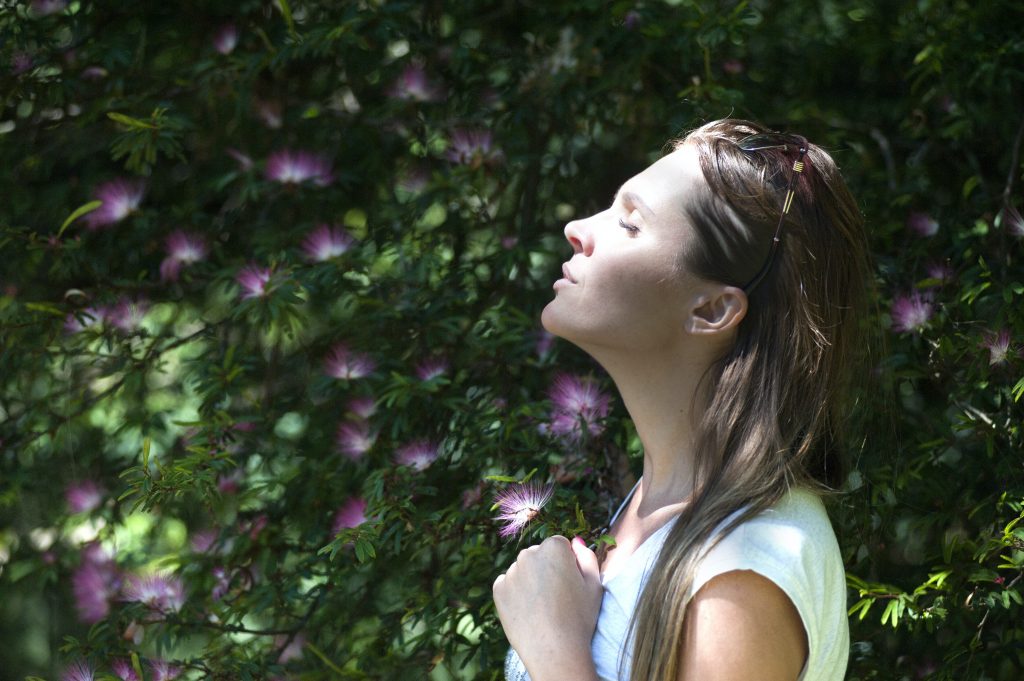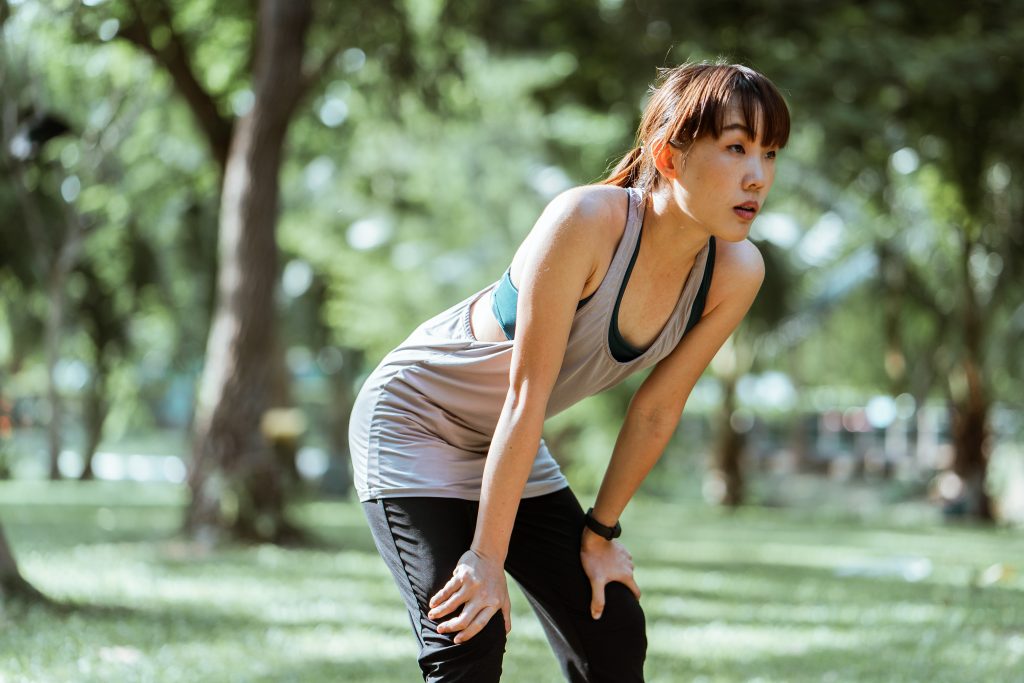Conscious Breathing – All Just Hot Air?
It’s automatic. We do it 23,000 times a day and we don’t even need to think about it. Or do we? As strange as it sounds to say, breathing is all the rage. Breathfulness, it seems, is the new mindfulness with the market now flooded with a plethora of books, workshops, and YouTube and Instagram stories around “breathwork” claiming that improving the way you breathe can make your life better. That it can help with all manner of conditions – even Covid-19. There is even a breathing IQ test designed to measure your lung capacity and breathing style with some breathwork workshops going so far as to cut our physical fitness altogether and focus exclusively on the breath. Not to mention those that claim to connect us with our subconscious mind with the promise of inducing a “cosmic orgasm”.
Breathing and some form of technique around it, is far from a new concept. It forms an integral part of the yogi’s path to enlightenment and appears to offer an integrated benefit for mental and physical health – even some deep breathing at the end of a yoga class can feel great – but is there more to it than this and are we, as modern-day humans, still breathing properly?

Some breathing proponents are of the view that dietary changes have, in large part, influenced a new breathing tendency in humans that causes excessive oxygen intake, low carbon dioxide levels in the blood and sub-optimal delivery of oxygen around the body. The somewhat alternative Buteyko breathing method tackles this theory by focusing on finding ways of breathing through your nose including taping your mouth closed while you sleep.
Dr. Arthur C. Guyton seems to have a point if taking a leaf from his best-selling Textbook of Medical Physiology – practically the world’s foremost medical physiology textbook. He writes, “All chronic pain, suffering and disease are caused by a lack of oxygen at the cell level… Proper breathing nourishes the cells of the body with oxygen and optimises the functioning of the body on all levels.”
There is also an abundance of studies out there, indicating that there are benefits to be had. Some have observed anxiety levels dropping in participants who underwent a six-week course of pranayama breathing exercises, while no change was seen in the control group. Pranayama is central to the practice of yoga, using breath retentions, alternate nostril breathing, explosive exhales and stretching out the tongue amongst other techniques to support yoga poses, and to calm and invigorate the body. In the same study, there were also increases in the participants’ heart rate variability or HRV, which is the difference between two heart rate states – when we breathe in, our heart beats momentarily faster to speed the flow of oxygen around the body; and when we breathe out, our heart fractionally slows down. HRV is a physiological phenomenon controlled by a primitive part of our nervous system, which is viewed as a measure of our body’s resilience to stress. A higher HRV normally indicates the body has a strong ability to tolerate or recover from stress.
Another study in 2017 observed lower levels of the stress hormone cortisol in a group’s saliva after eight weeks of deep diaphragm breathing sessions, which was not seen in the control group. Furthermore, an Italian review of 15 previous studies found slowing breathing promoted short-term increases in HRV as well as comfort and relaxation, and reduced anxiety.
Other breathing techniques touted as a cure for 21st century living include Holotropic breathwork, an experiential adjunct to psychotherapy, which involves prolonged, voluntary hyperventilation, music and physical support to encourage altered states of consciousness as a means of releasing emotional tension and healing past traumas (not recommended if you have prior heart conditions). Also gaining popularity is the three-pronged Wim Hof method involving cycles of controlled hyper-ventilation, extended exhalations and breath-holding combined with cold therapy and meditation for activating positive immune system changes – employed by US Navy Seals and professional athletes, and endorsed by Gwyneth Paltrow’s Goop Lab Series and a string of celebrities including Oprah Winfrey and Orlando Bloom.

Further studies have shown breathing exercises such as the utterly simply 4-7-8 technique – inhaling through the nose for four seconds, holding your breath for seven seconds, and breathing out through the nose for eight seconds – are beneficial for a wide variety of conditions including insomnia, anxiety and stress. It is thought long, slow conscious breathing might activate the body’s relaxation response – the nerve activity that controls your “fight-or-flight” response slowing down, causing your blood vessels to relax and widen and in turn, reducing blood pressure.
With all the attention that drawing breath has received over the last few years, it is not surprising breathwork in all its iterations has gone on to be bravoed as a basis for the treatment of a wide variety of conditions and diseases – from addressing anxiety, combatting stress and boosting immunity, to helping treat insomnia, pain, high blood pressure, asthma, chronic heart failure and even Covid-19. Ultimately though, there appears to be a lack of high quality, carefully controlled research on this topic that goes beyond preliminary and small-scale findings and that which only demonstrates associations. While doubtless a valid tool (as opposed to panacea) for modern-day existence often defined by a constant state of stress, there is perhaps a point at which it might just be one more thing we do naturally that the burgeoning wellness industry has made us doubt.

